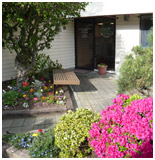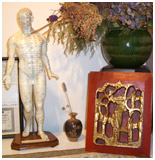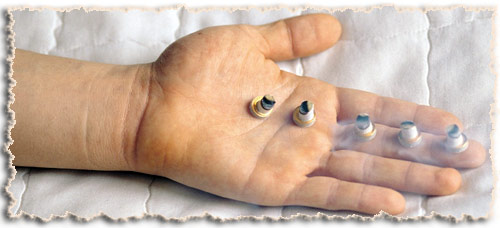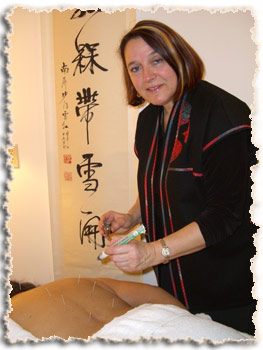



 Moxibustion is an oriental medicine therapy utilizing moxa, or mugwort herb. It plays an important role in the traditional medical systems of China, Japan, Korea, Vietnam, Tibet, and Mongolia. Suppliers usually age the mugwort and grind it up to a fluff; practitioners burn the fluff or process it further into a stick that resembles a (non-smokable) cigar. They can use it indirectly, with acupuncture needles, or sometimes burn it on a patient’s skin.
Moxibustion is an oriental medicine therapy utilizing moxa, or mugwort herb. It plays an important role in the traditional medical systems of China, Japan, Korea, Vietnam, Tibet, and Mongolia. Suppliers usually age the mugwort and grind it up to a fluff; practitioners burn the fluff or process it further into a stick that resembles a (non-smokable) cigar. They can use it indirectly, with acupuncture needles, or sometimes burn it on a patient’s skin.
Practitioners use moxa to warm regions and acupuncture points with the intention of stimulating circulation through the points and inducing a smoother flow of blood and qi. Research, for example at Mugwort (Encyclopedia of Alternative Medicine by Clare Hanrahan) has shown that mugwort acts as an emmenagogue, meaning that it stimulates blood-flow in the pelvic area and uterus. It is claimed that moxibustion militates against cold and dampness in the body and can serve to turn breech babies.
Practitioners consider moxibustion to be especially effective in the treatment of chronic problems, “deficient conditions” (weakness), and gerontology. Bian Que (fl. circa 500 BC), one of the most famous semi-legendary doctors of Chinese antiquity and the first specialist in moxibustion, discussed the benefits of moxa over acupuncture in his classic work. He asserted that moxa could add new energy to the body and could treat both excess and deficient conditions. On the other hand, he advised against the use of acupuncture in an already deficient (weak) patient, on the grounds that needle manipulation would leak too much energy.